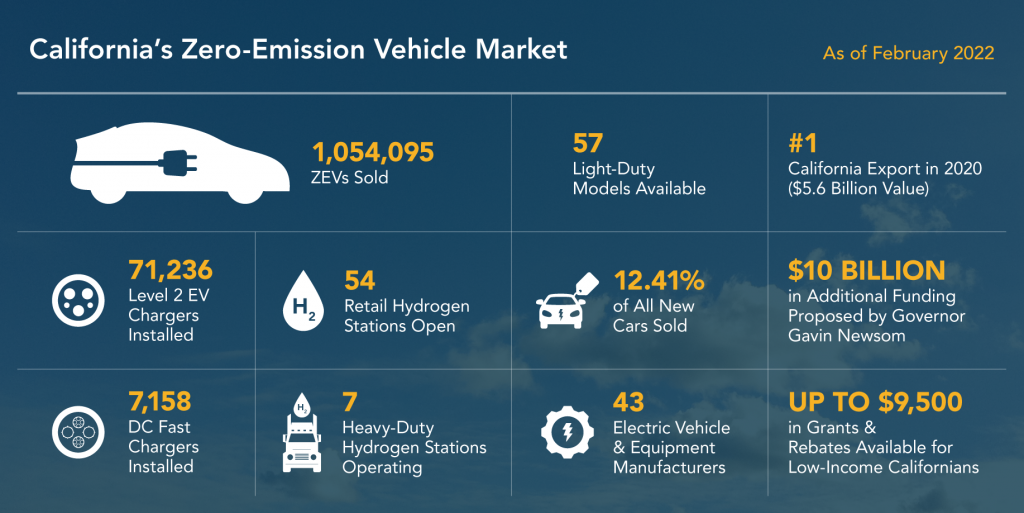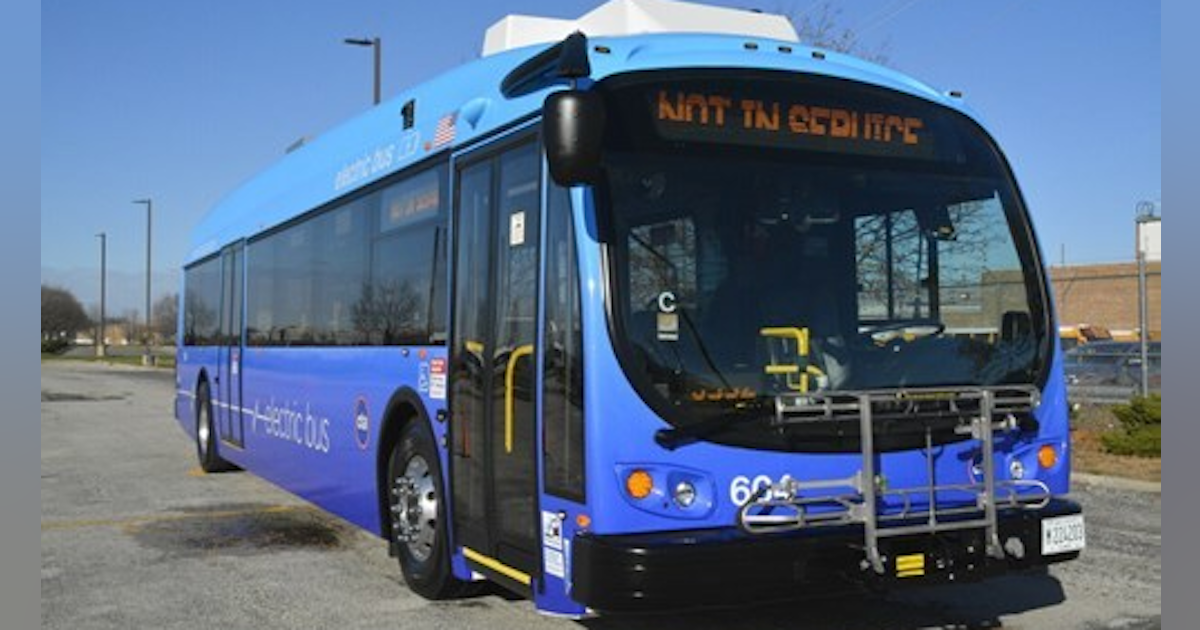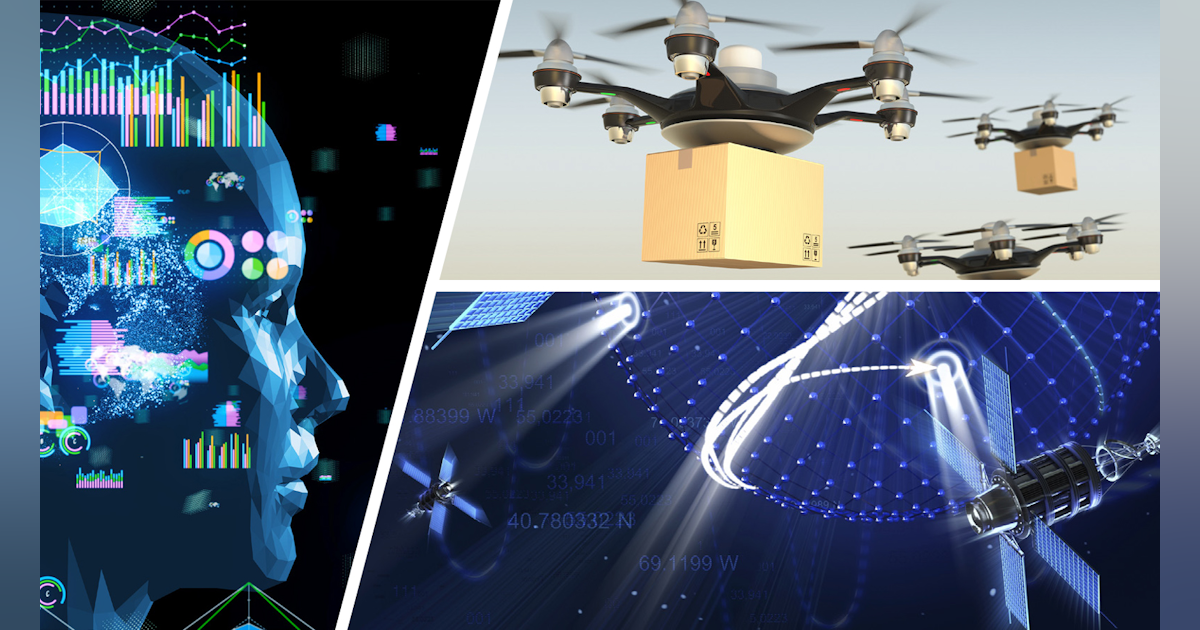
- How far will 5G go in 2022?
- The promise of satellites to fulfill relentless demands for faster datacom speeds.
- Spectral computing glasses and holographic cellphones.
With communication technology constantly evolving, it’s always difficult to predict what to expect in the near term and further down the road. Some new products and services can be imagined by just regularly following the trends, technology changes, and rumors. But others are impossible to identify. Here’s my view of what you might see in 2022 and beyond.
5G Rollout
A build-out of the 5G network is a given. Market research firm Allied Market Research estimates that 5G annual compound growth rate (CAGR) will be as much as 67% and totaling about 48 billion by 2027. Much of that goes into new cell sites, perhaps as many as 100,000 mini sites or more, to provide the promised coverage and benefits of 5G.
Some of that rollout money will go to solving various 5G problems and limitations. One of these is the very short range and lack of penetrating power of 5G in the millimeter-wave bands. Indoor coverage is poor or non-existent at these higher frequencies. More cell sites and improved higher-gain antennas are part of the solution. Agile beamforming phased arrays and MIMO will provide improvements.
Another problem is the recent complaint that new cell sites using the new C band (3.7 to 4.4 GHz) and are located near airports may cause interference to commercial aircraft altimeters. These instruments are super-critical when taking off and landing, especially in bad weather. The FCC and FAA along with the cellular operators are trying to find a solution. Using lower power, keeping the cell sites more than two miles from the runways, as well as updating dated radio altimeters, may be part of the solution.
It appears that the solution to using 5G in forthcoming advanced driver-assistance systems (ADAS) is resolved. Apparently, C-V2X won out over DSRC for implementation in these systems. Auto manufacturers have a variety of rollout plans.
C-V2X radios could find its way into some new vehicles by the end of 2022, but 2023 may be more realistic. Besides, it will take years before enough C-V2X-equipped vehicles are on the road to make it effective. The related Intelligent Transportation System infrastructure also will take time to install. Eventually, we will see a great new way to reduce traffic accidents.
6G
In the meantime, 6G is under development. Not too many specifics are available, but it involves higher operating frequencies as well artificial intelligence (AI). 6G uses frequencies in the 30-GHz to 3-THz range, which allow for even faster data rates as well as near zero latency. Indoor operation continues to be a challenge.
AI and machine learning (ML) will probably manage the network and spectrum allocations. As with 5G, antenna technologies like phased arrays and MIMO will certainly be a major part of the solutions. 6G likely won’t arrive until 2030, though.
Artificial Intelligence
AI isn’t a new technology, and engineers and programmers have rediscovered it in the form of machine learning. When we speak of AI today, almost everyone assumes we are talking about ML. But the field of AI covers lots more than that. Yet I expect ML applications will begin to dominate as designers discover its potential. New Years’ resolution: Learn more about AI.
Satellites
The demand for ever-faster data communications keeps building, yet the industry still lags behind in supplying it. Many believe satellites are the answer. Satellites have long been a solution to multiple communications needs. Over 5000 satellites currently orbit the earth. These radio relay stations in the sky are used for communications as well as surveillance, navigation, and TV distribution. Coming soon are cellular service and expanded high-speed internet service to any place on Earth.
Elon Musk’s satellite company Starlink is building a huge low-Earth-orbit (LEO) network that will potentially provide high-speed internet service to rural areas not now served by the usual cellular providers. LEO satellites usually orbit from 150 to 300 miles above the Earth, making them more accessible to radio signals to and from Earth-bound radios. The FCC has authorized over 11,000 new satellites for this system. Several hundred satellites are already in place thanks to Musk’s SpaceX rocket launching capability.
Amazon’s Jeff Bezos also is building a LEO network called Kuiper. The company has been given authorization from the FCC to launch up to 3,236 satellites. Bezos’ Blue Origin company will handle the rocket launches.
It’s difficult to picture 15,000 or more satellites orbiting overhead. Will they block the sun and thus darken the sky, thereby providing an unexpected partial solution to the global warming problem? Both amateur and professional astronomers are complaining about the satellites, since they make it difficult to observe the real stars and planets. RF interference between satellites is another problem, as are satellite collisions. Needless to say, many satellite problems still must be solved.
Drones
Another growth area for the year involves drones or unmanned aerial vehicles (UAVs). Considerable development has occurred over last few years, making them useful in many applications. The market for UAVs is said will grow to over $100 billion in the coming years.
Military UAVs of many forms have already been put into use, with more to come. Commercial applications continue to emerge slowly, but UAVs are proving to be quite handy tools across many fields including agriculture, construction, transportation, firefighting, surveying, and police work. And who’s to say that a UAV will not be a viable future self-driving vehicle?
Out of the Blue
As this is being written, rumors suggest that we will soon get holographic cellphones. A hologram is a photograph made by shining the coherent light of a laser at an object or scene and recording it on some form of photosensitive medium. When played back using a laser and the recorded medium, the hologram will appear in space in the original 3D form. That’s certainly a breakthrough, but I wonder who needs it.
Another rumor implies that Apple will replace the iPhone with something called Spectral Computing Glasses (SCG). These are similar to the glasses introduced by Google in 2013, but more advanced. The Google product never caught on and soon faded away.
SCG are vastly improved, as the speculation data available implies they will have the functionality of an iPhone. The glasses you will look through are not only a computer screen, but also function to produce augmented-reality (AR) and virtual-reality (VR) capability. The glasses can be operated by voice command, arm and hand, and eye movements. All other iPhone functions are supposedly implemented. Will the SCG really kill the smartphone?
Can you imagine all of us wearing these glasses instead of constantly looking down at our iPhones? Most people are addicted to their phones, but putting on these SCG will just about dominate your actions and life more than your phone does now. Will everyone have to take off her or his glasses at meetings or the dinner table? Smartphones already consume our lives now, but can you imagine the near total control of SCG on your life?
What Else May We See?
Finally, there is the forthcoming Metaverse. While its definition is continually being revised, the Metaverse is apparently an advanced version of the internet. It will use AR and VR to make the internet more interactive with gaming, meetings, and personal communications. Don’t expect much this year, but it’s something to keep your eye on.
Hopefully a continuing semiconductor shortage will not materially affect too many of these expected developments.
"Electronic" - Google News
February 28, 2022 at 11:48PM
https://ift.tt/64F2OCA
Communications in 2022: From 5G to the Metaverse - Electronic Design
"Electronic" - Google News
https://ift.tt/UD6ejcB
https://ift.tt/2dMsLic
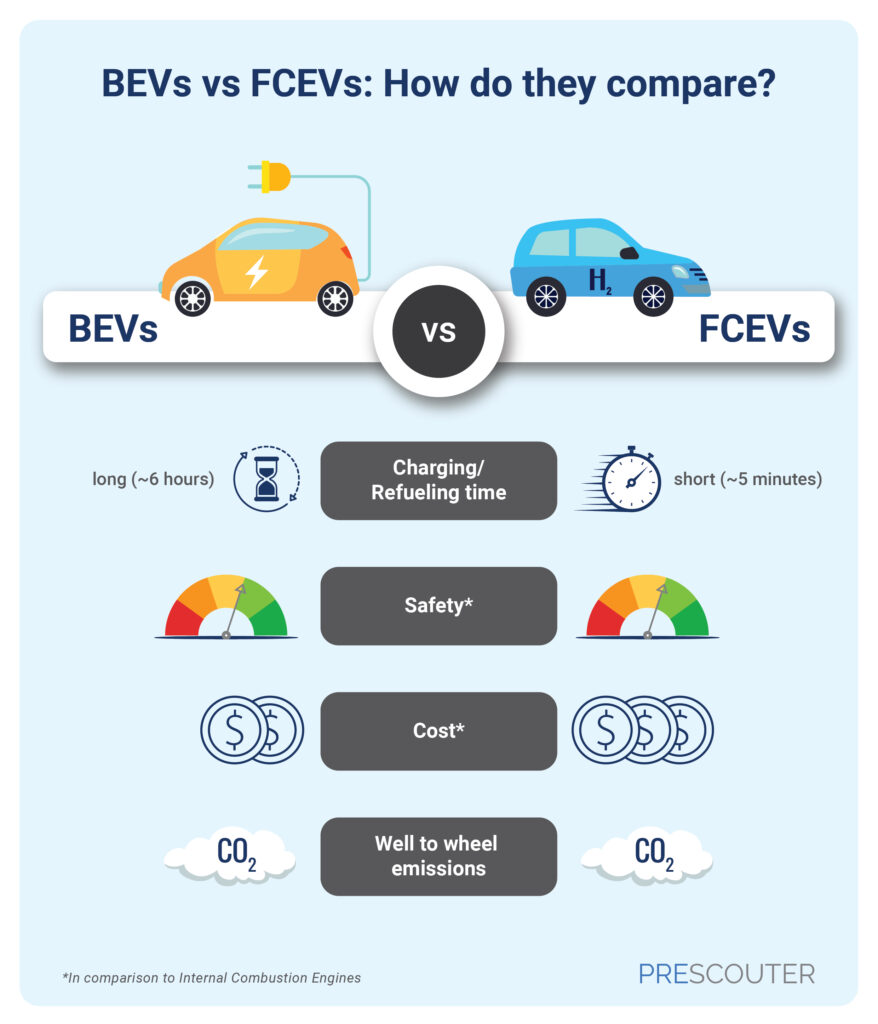
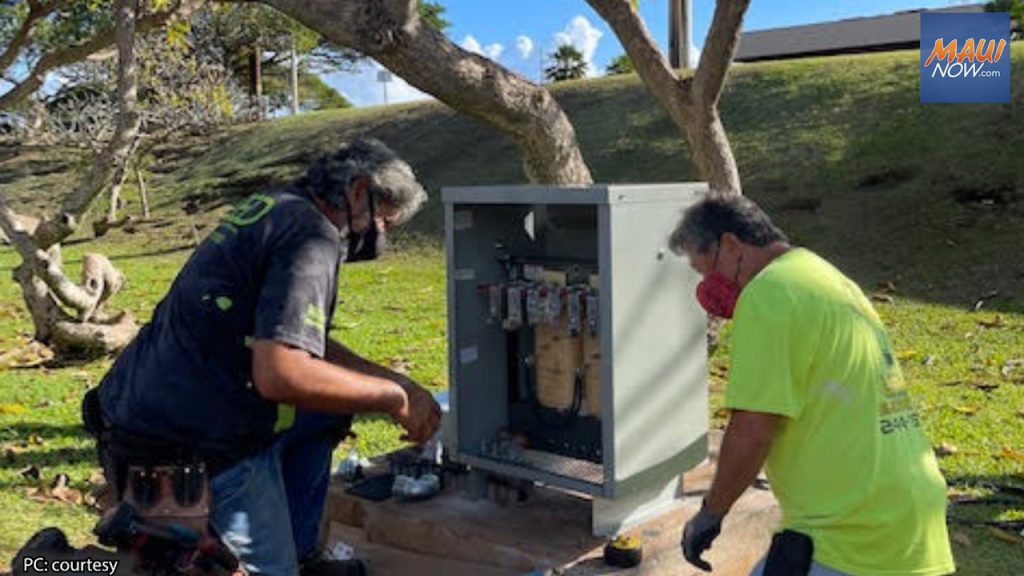
/cloudfront-us-east-1.images.arcpublishing.com/gray/XNM6W2IK55FZ7RTDWJFLZGUY4M.jpg)
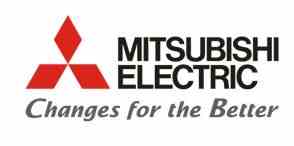 headquartered in San Diego, California, aiming to expand its uninterruptible power supply (UPS) business in North America. Going forward, MEPPI and CPT will strengthen their respective business structures to provide highly reliable and professional one-stop services, from installation to maintenance, for UPS systems in the North American market.
headquartered in San Diego, California, aiming to expand its uninterruptible power supply (UPS) business in North America. Going forward, MEPPI and CPT will strengthen their respective business structures to provide highly reliable and professional one-stop services, from installation to maintenance, for UPS systems in the North American market.